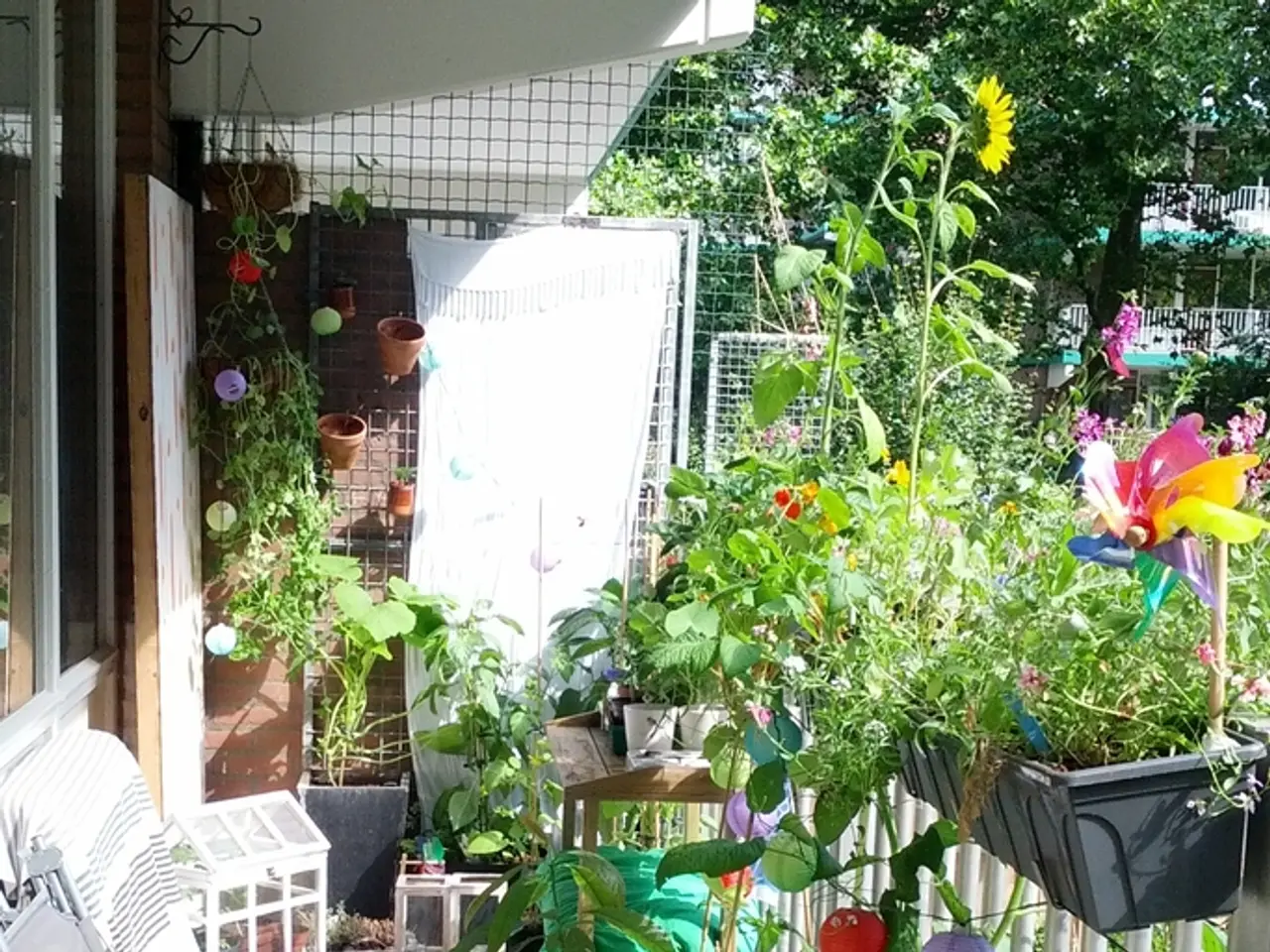Creating Cultural Harmony in Design: Balancing Respect for Local Customs with Personal Style
In the world of home design, creating a space that is both a reflection of its location and the resident's identity is a sought-after goal. This approach, which seamlessly blends functional modern design with personal style and cultural touchstones, can be achieved through thoughtful selection of materials, colours, lighting, and cultural artifacts.
One of the keys to this harmonious blend is using locally sourced materials that reflect regional craftsmanship and natural resources. For instance, incorporating Turkish travertine in a Los Angeles home can create a warm, tactile minimalism rooted in place and tradition.
Another important aspect is highlighting nature and landscape elements significant to the local environment. Framing views of native trees or integrating natural light and garden shadows can connect indoors to outdoors, reflecting the local climate and culture.
Layering textiles and artisan-crafted accessories with cultural patterns, embroidery, or colours unique to a region adds personality, warmth, and a nod to craftsmanship traditions. Repurposing or reworking found local items into home décor also honours heritage by giving these objects new life and creative function.
Balancing minimalism with bold cultural accents in colour or pattern keeps the design contemporary but rooted. Earthy “muddy” colours or deep regional hues as neutrals combined with statement pieces reflecting local styles or motifs achieves this balance.
Integrating sustainable and energy-efficient elements that respect the environment and cultural value systems tied to land stewardship is another important aspect. Using recycled wood or energy-saving features that align with local ecological concerns shows a commitment to responsible design.
Employing bespoke architectural details inspired by cultural heritage can offer both beauty and storytelling through design language. Trellis-cast shadows or intricate paneling, for example, can add historical and cultural significance to a space while maintaining livability and modern function.
Observing local markets and asking shopkeepers about the stories behind their goods connects you with a community. Paying fair prices helps keep traditional crafts alive in your area. Subtle lighting systems can make hallways safer at night, while smart home improvements for safety, comfort, and health can fit into older designs.
Handcrafted items can add soul to a room and stand beside modern minimalist furniture. Colour palettes can express both heritage and personal taste; blending them with care can create a dialogue between past and present.
Visiting local markets to buy directly from makers and asking about techniques that shaped each piece can provide insight into traditional craftsmanship. Adapting layouts for function and flow can offer lessons from different cultures and make a design feel practical and respectful.
Ventilation upgrades can keep air clean and fresh, while building around a few strong cultural pieces can anchor an entire room, achieving a balance that feels thoughtful and fresh. Selecting one or two traditional pieces and letting them guide the rest of the design allows for a harmonious blend of traditional and modern styles.
Reclaimed wood, clay tiles, and natural stone can reduce waste while honoring established methods. Handwoven rugs, carved doors, and patterned tiles may represent local values and identity. By embracing these elements, your home will show respect and curiosity without losing clarity.
In essence, creating a home that reflects its place and your personality is a journey of discovery and creativity. It's about asking questions that lead to stronger design choices, observing local markets, and respecting traditions while allowing for contemporary expression and comfort.
- Incorporating locally sourced materials like Turkish travertine in a home can create a warm, tactile minimalism that roots the design in place and tradition.
- Balancing minimalism with bold cultural accents in color or pattern keeps the design contemporary but rooted, with earthy “muddy” colors or deep regional hues serving as neutrals combined with statement pieces reflecting local styles or motifs.
- Using locally sourced materials and handcrafted items, such as reclaimed wood or handwoven rugs, can add soul to a room and stand alongside modern minimalist furniture.
- Adapting layouts for function and flow, finding inspiration in other cultures, and selecting traditional pieces to guide the rest of the design can create a harmonious blend of traditional and modern styles, resulting in a home that reflects its place and personal identity.




